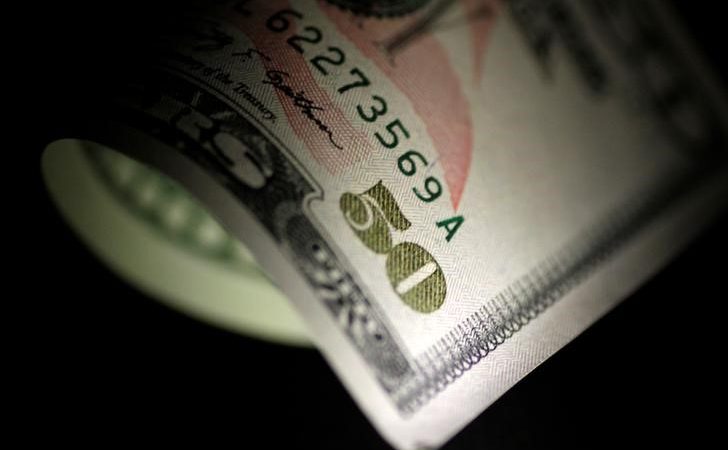
Dollar steadies after edging back from 10-week peak
By Shinichi Saoshiro
TOKYO (Reuters) – The dollar steadied on Tuesday after edging away from a 10-week high overnight, taking support from underlying expectations that improved prospects for the U.S. economy would prompt the Federal Reserve to raise interest rates later this year.
The dollar index against a basket of six major currencies was a shade higher at 93.720 (DXY) after dipping about 0.15 percent overnight.
The greenback had slipped on a bounce by the euro, following data showing German industrial output notched its biggest monthly increase in more than six years in August.A call from Sabine Lautenschlaeger, a member of the European Central Bank executive board, for the ECB to roll back asset purchases in 2018 also lifted the common currency.
The dollar also took a knock against the yen late last week on a report that North Korea was preparing a long-range missile test. Concerns were that Pyongyang could mark the days leading to Tuesday, when it celebrates the founding of its ruling party, with some sort of provocation.
“The market will be keeping a side glance on North Korea, but much of the latest tension could have been priced in on Friday when the dollar slipped,” said Masafumi Yamamoto, chief forex strategist at Mizuho Securities.
“Still, the dollar is well supported and not an easy currency to sell at the moment after Friday’s data showed that U.S. wages are improving steadily.”
The dollar index remained in reach of the 10-week high of 94.267 scaled on Friday when surprisingly stronger U.S. September wages data enhanced already high expectations that the Fed would hike rates for a third time in 2017.
The greenback was flat at 112.690 yen <jpy=>. It had popped up to a near three-month high of 113.440 on Friday on the robust U.S. wages data before pulling back on North Korea concerns.</jpy=>
The pound was little changed at $1.3139 <gbp=d3>, having bounced overnight from a one-month low of $1.3027 as news of rising labor costs hardened expectations of higher interest rates, and after Prime Minister Theresa May vowed to ward off challenges to her leadership.</gbp=d3>
The Australian dollar was 0.1 percent higher at $0.7758 <aud=d4>and the New Zealand dollar was nearly flat at $0.7066 <nzd=d4>.</nzd=d4></aud=d4>


